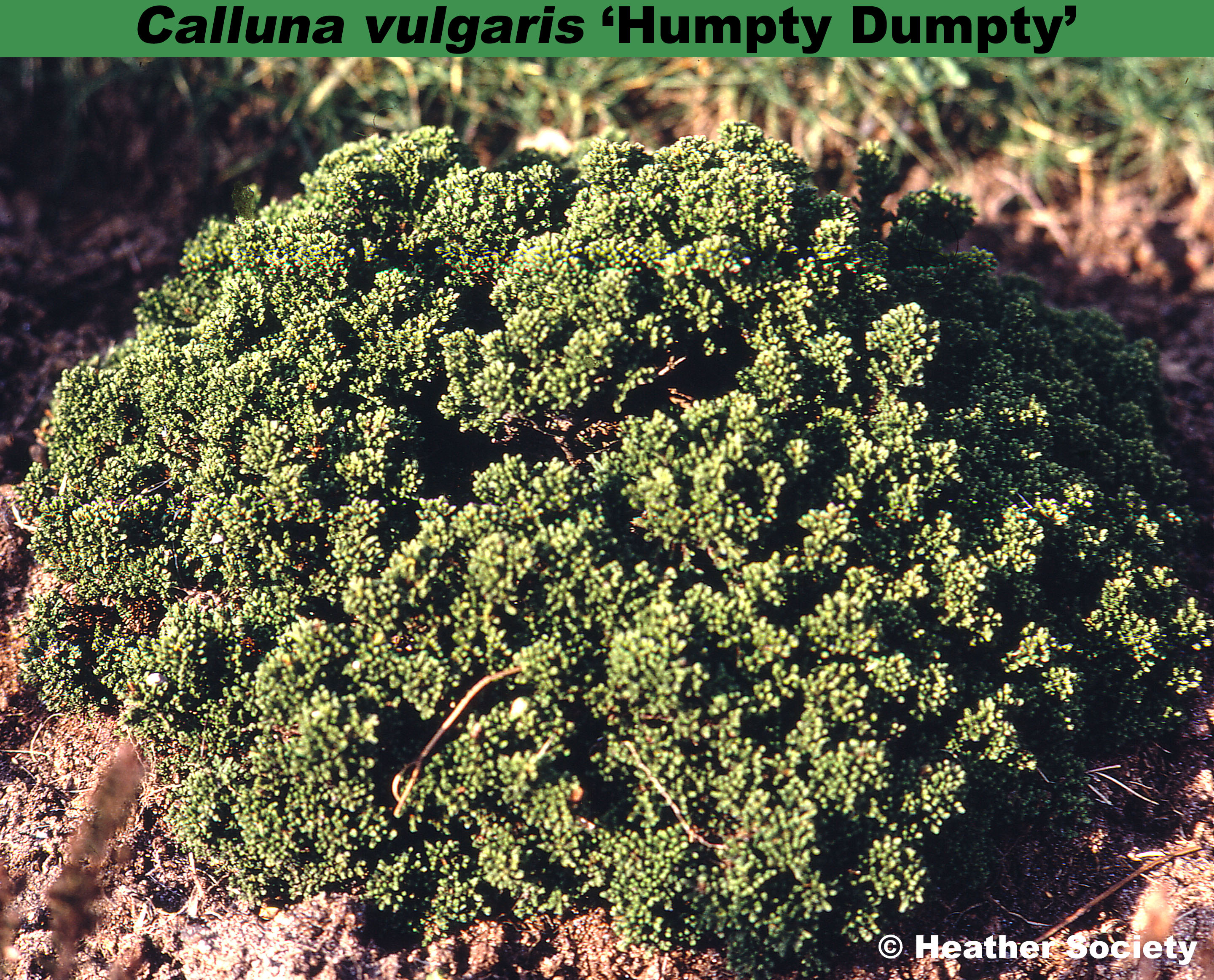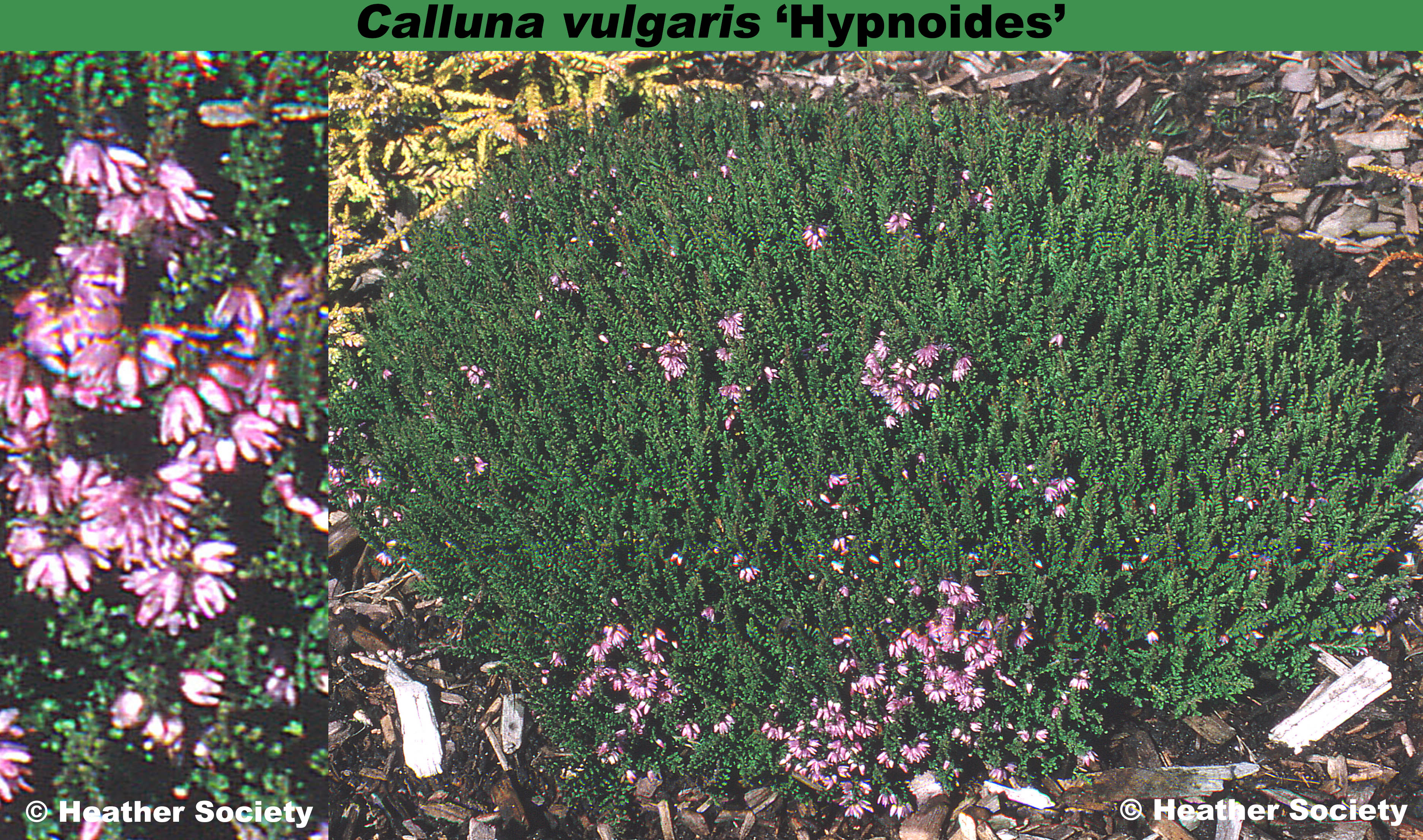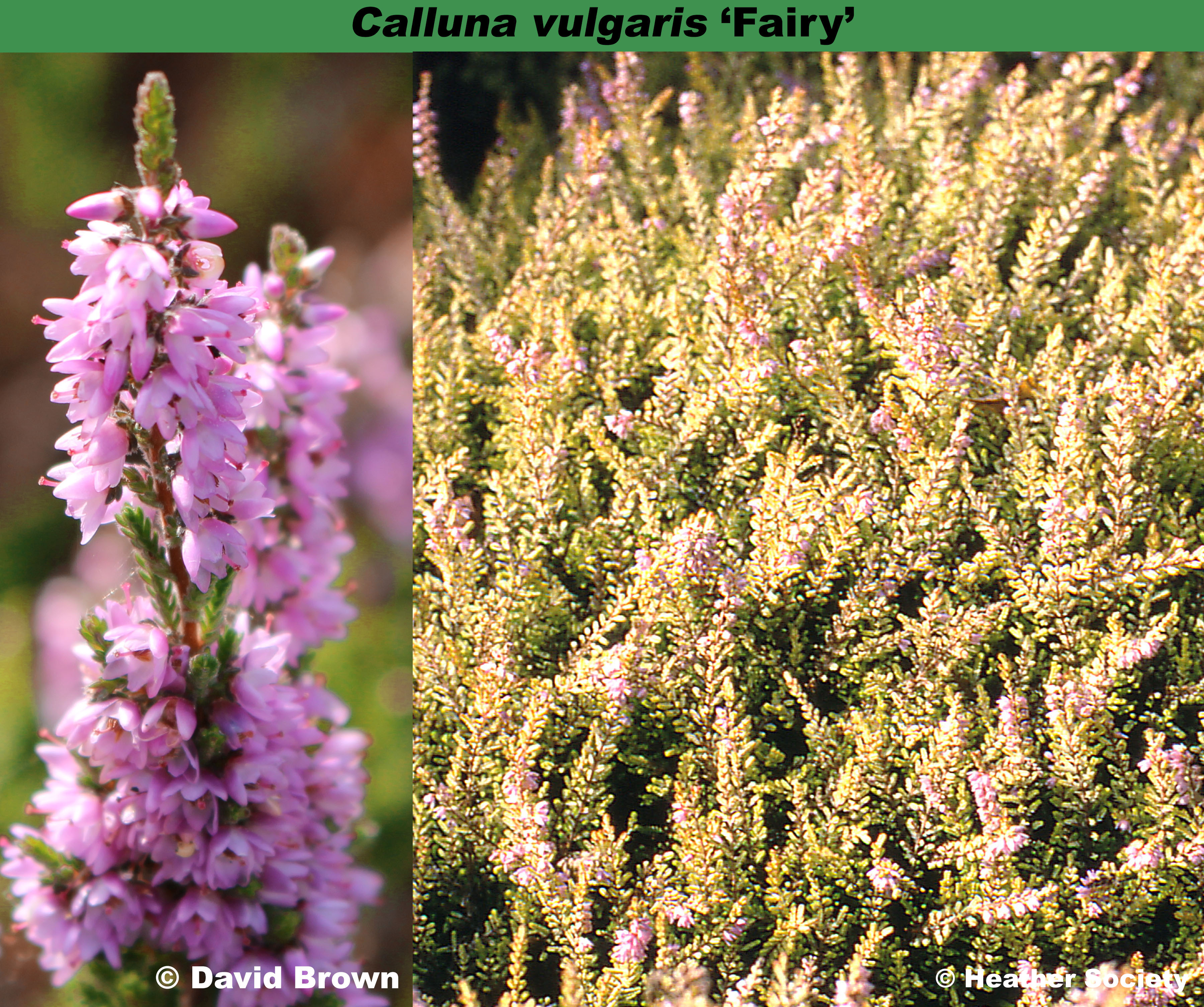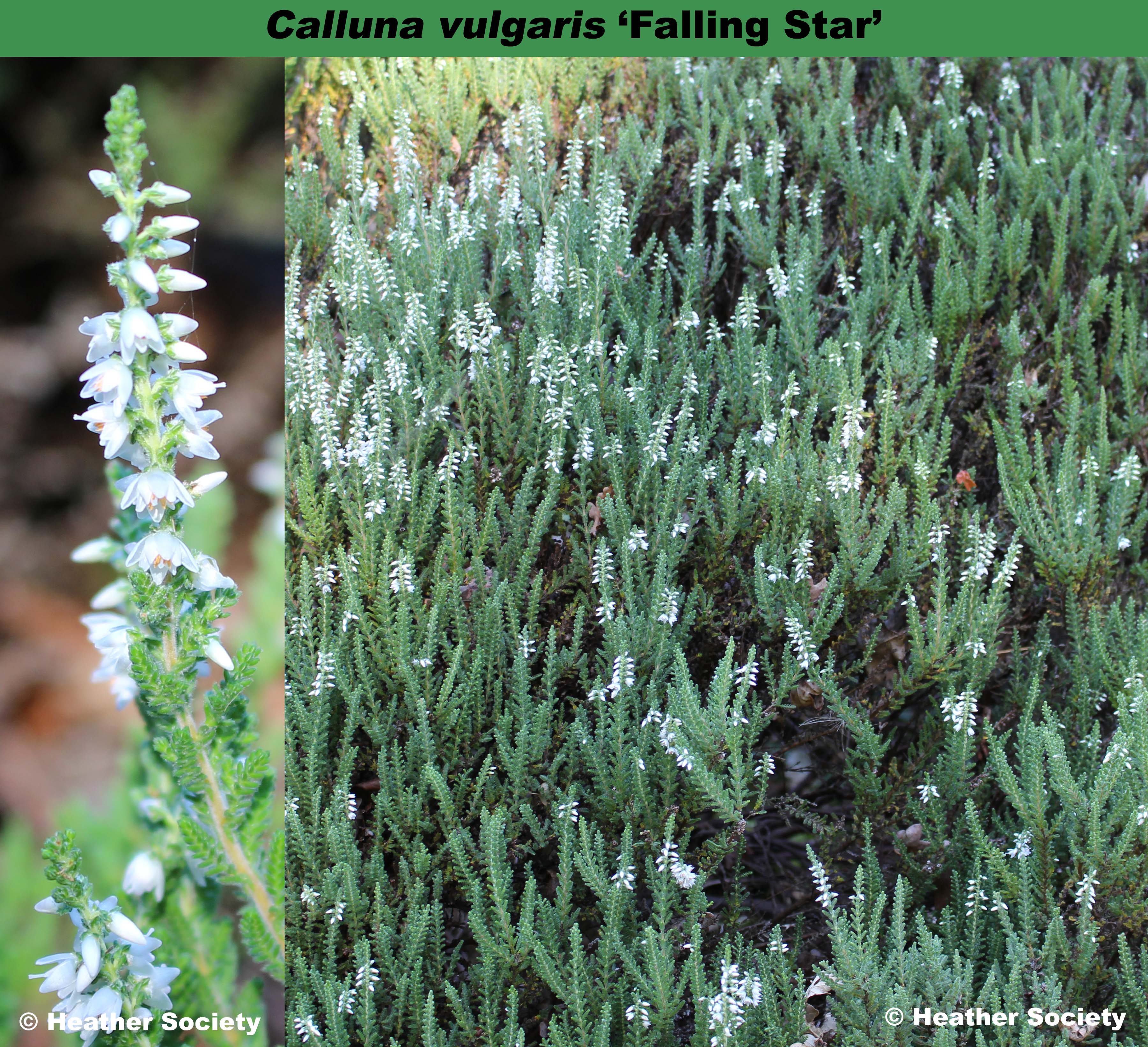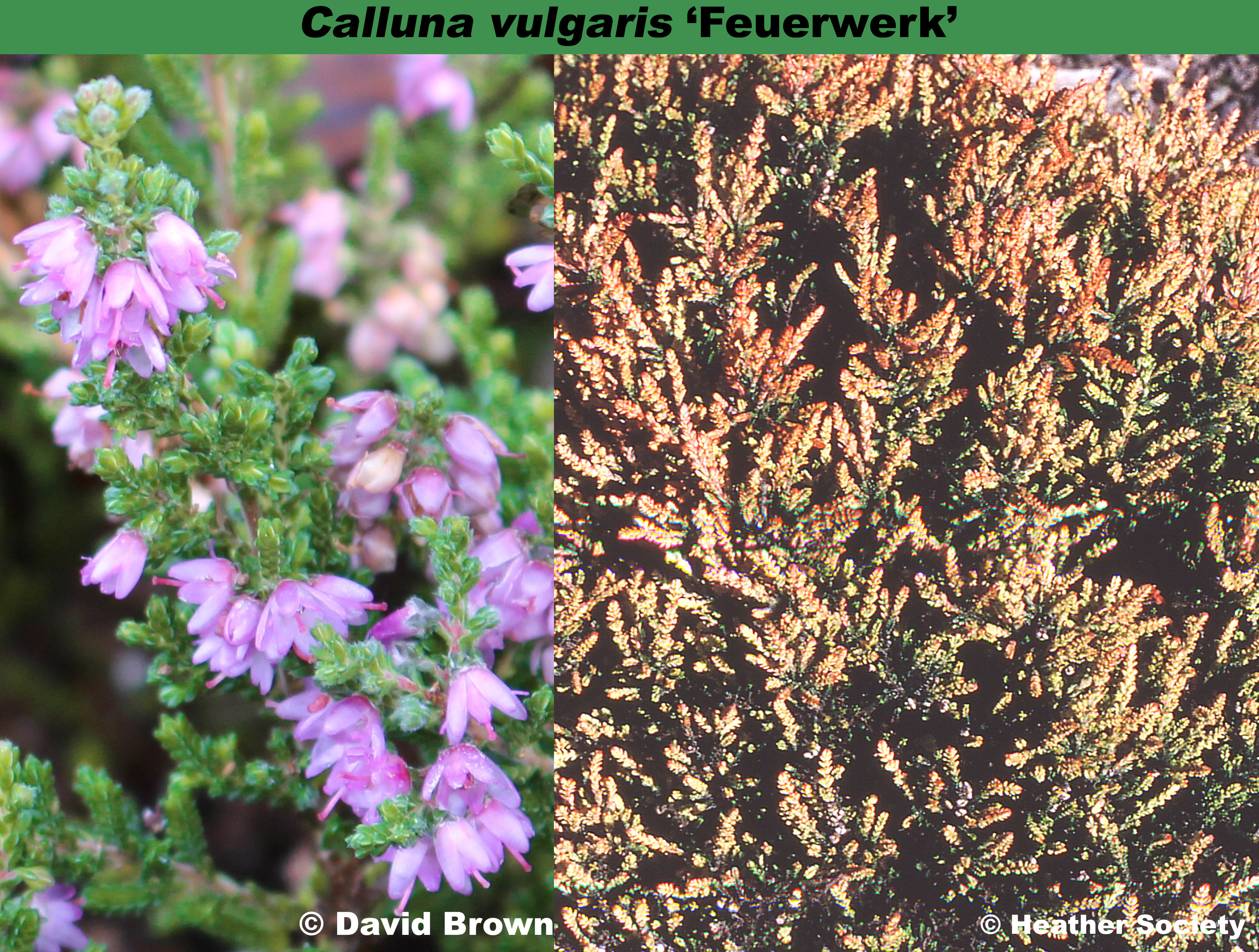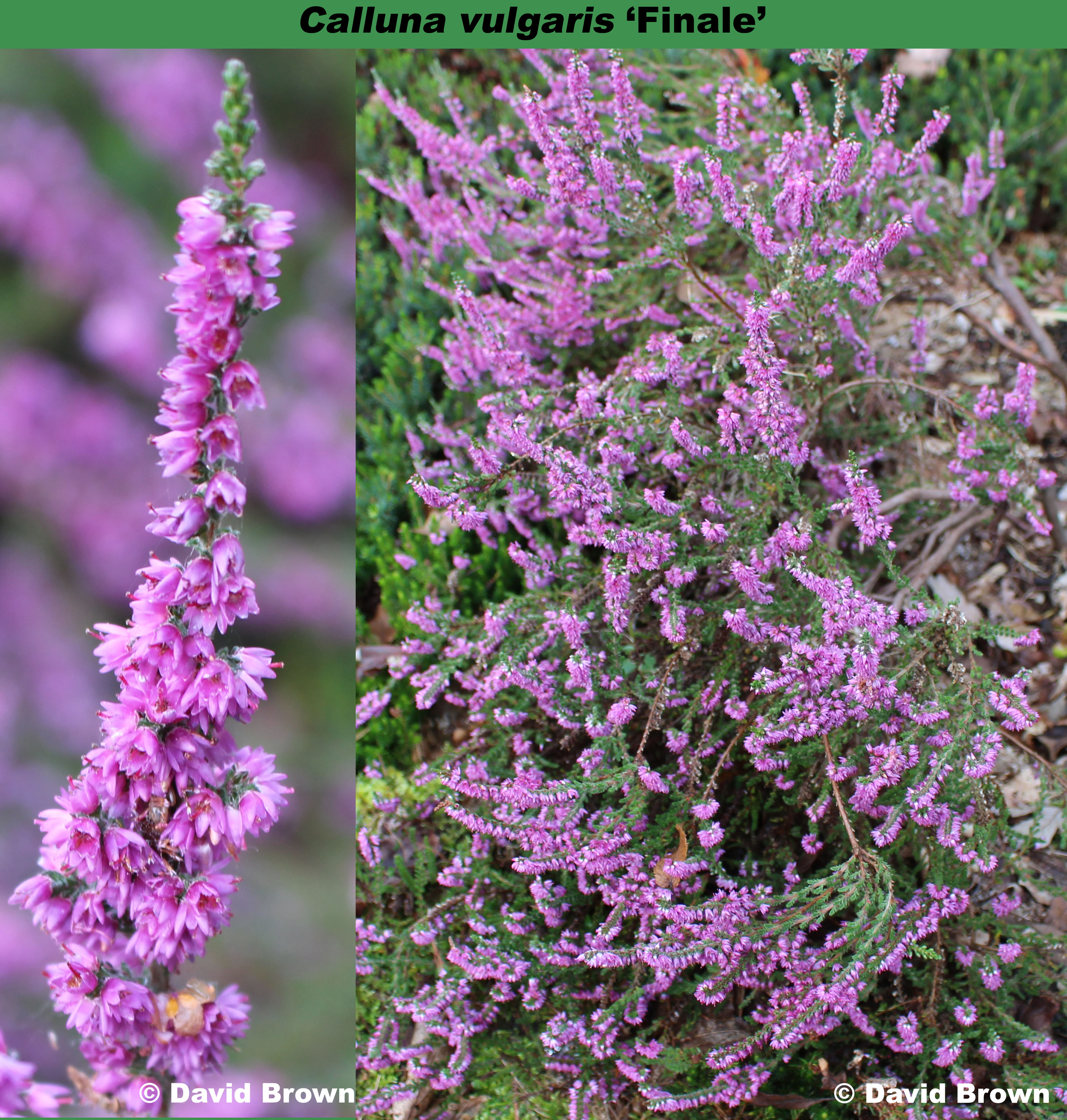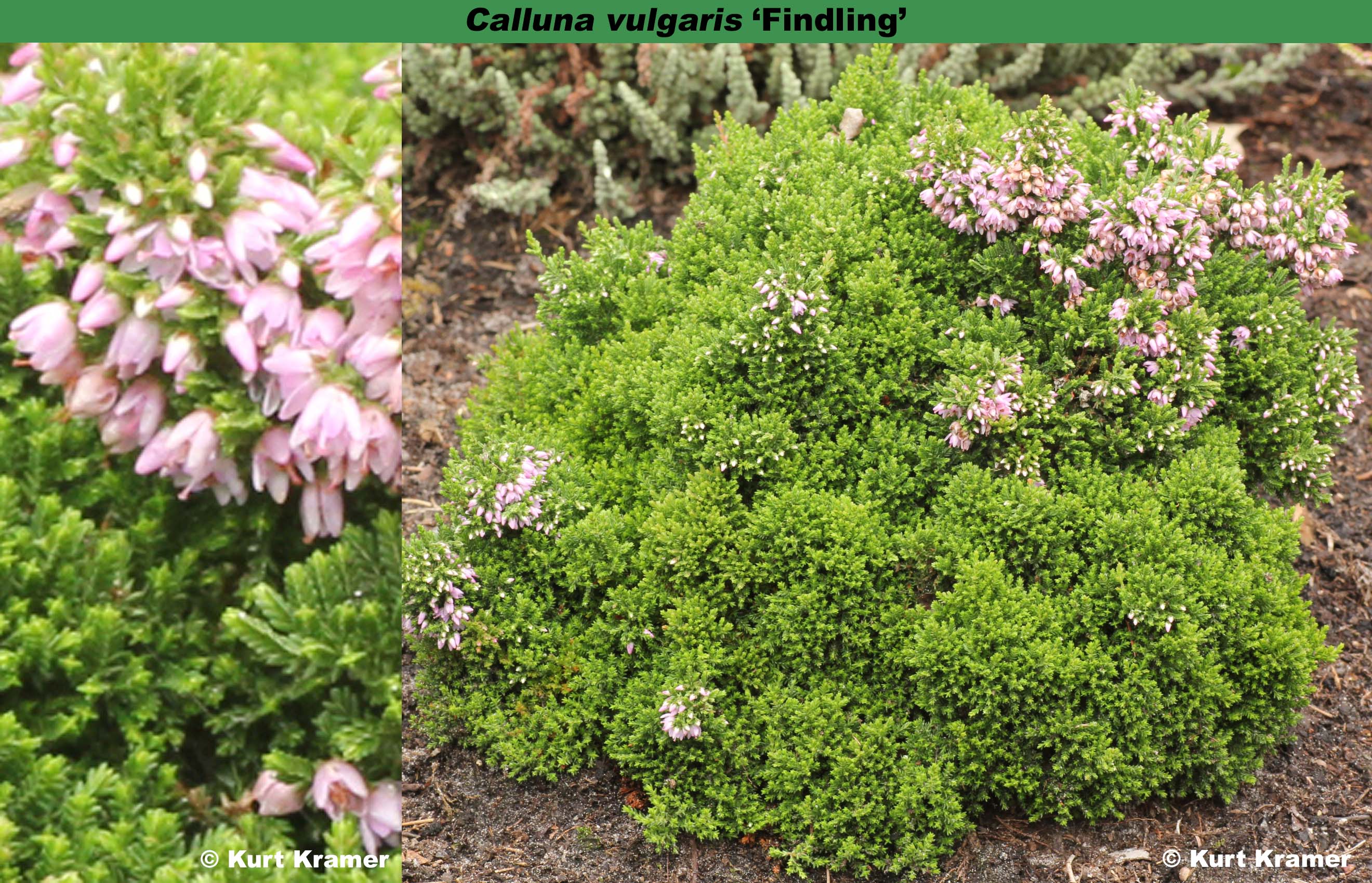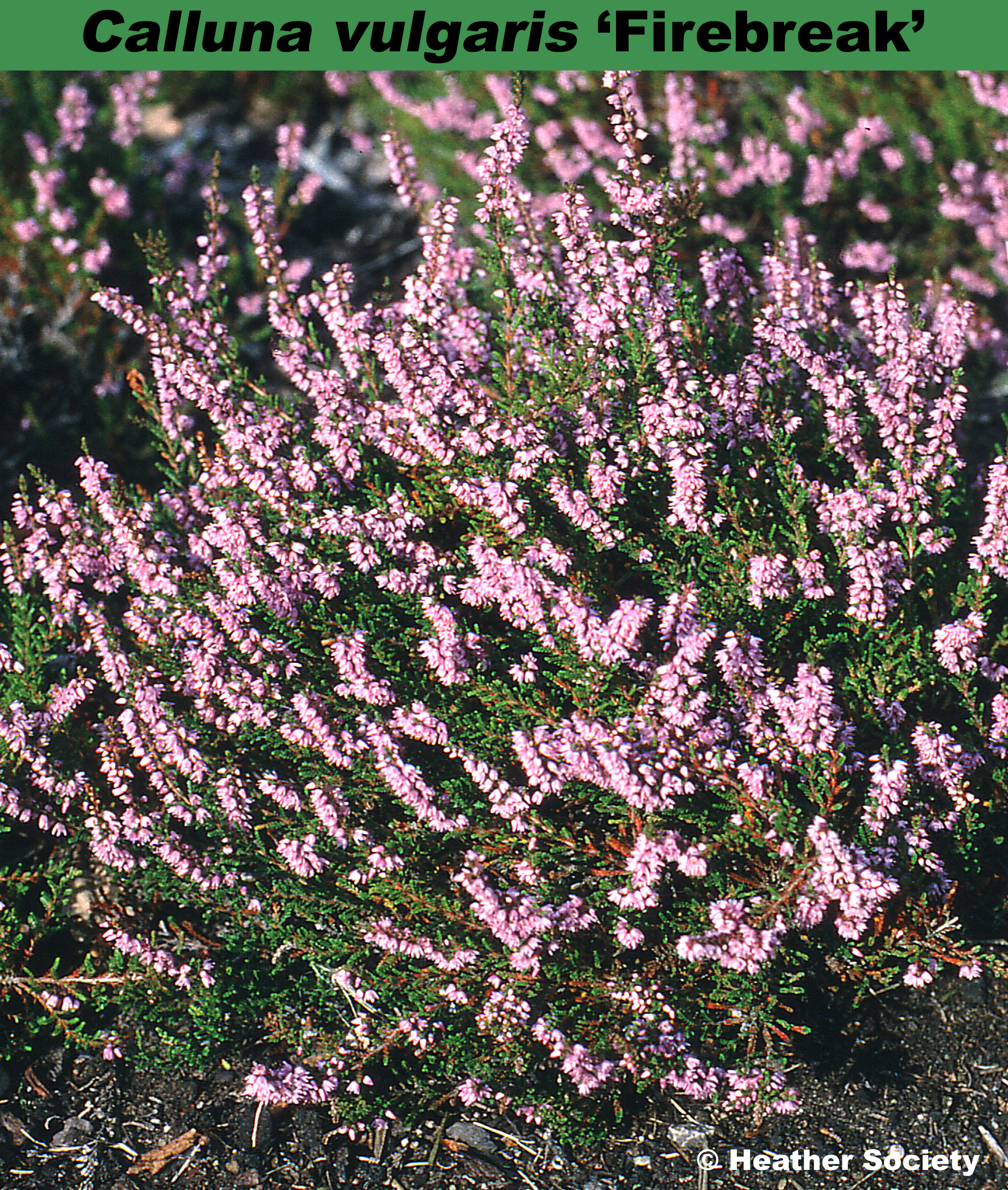White flowers, VIII–IX, but sparse; bright green foliage; slow growing, and develops in a humpy manner, hence its name; height less than 10cm; spread 10–15cm.
Found at Beechwood Nursery (Beoley, Redditch, Worcestershire, England) by J. W. Sparkes; introduced by J. W. Sparkes by 1963.
Named after the character in the nursery rhyme, and alluding to the habit. The name should not be hyphenated.

